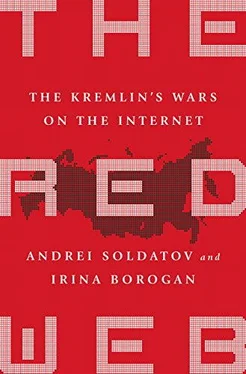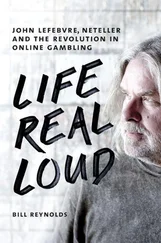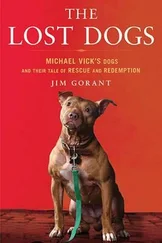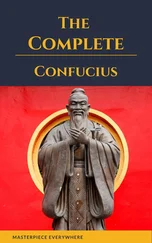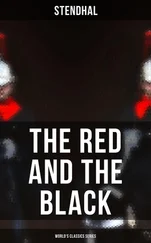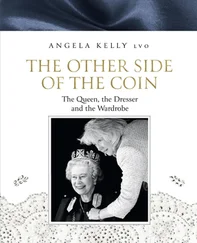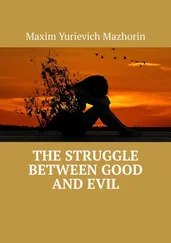Twenty minutes later the group was unblocked. Kot was so impressed that he posted a thanks to Durov. Durov replied, “Ah, all’s fine. In the last days the FSB has been asking us to block protest groups, including yours. We didn’t comply. I don’t know how it will all end for us, but we are up and running.” [8] The transcript is available on Kot’s blog, https://edvvvard.livejournal.com/56342.html .
When Kot asked whether he could post this, Durov agreed. Kot published a post on his page on LiveJournal. The next day, December 8, Durov published a scan of the original written FSB request. In the document a general, chief of the FSB branch in St. Petersburg, asked Durov to “cease the activity” of seven online groups related to the protests. The day after revealing the document, Durov was summoned to the St. Petersburg Prosecutor’s Office. He refused to come, posted information about the summons to the prosecutor’s office, and again refused to close down the groups.
Next, the 1990s technique of kompromat was tried against the protest movement. On December 19 audio files of nine tapped phone calls of Boris Nemtsov were posted on the pro-Kremlin website Lifenews.ru. The tapped conversations were very candid assessments of the other opposition leaders, and they were embarrassing. Nemtsov told us that the conversations had taken place in the run-up to the December protest rallies. “Their goal was simple,” he recalled. “They wanted to divide us in the run-up to the rally, but the opposition didn’t fall for it.” [9] Boris Nemtsov, interview with authors, February 2012. Also see Andrei Soldatov and Irina Borogan, “Who’s Bugging the Russian Opposition?” OpenDemocracy, February 24, 2012, www.opendemocracy.net/od-russia/andrei-soldatov-irina-borogan/project-id-who’s-bugging-russian-opposition .
The episode didn’t have any lasting impact on Nemtsov’s standing inside the opposition.
All these gambits—the first Kremlin counteroffensive—largely flopped. The combination of intimidation and direct pressure from the security services, deployment of the Kremlin’s youth movements, DDOS attacks, phone tapping, and everything else simply didn’t work in the new circumstances of tens of thousands of angry citizens linked together by social media.
Five days after the demonstration on Bolotnaya Square, on December 15, Putin held his annual television call-in show, called the Direct Line , broadcast live by three Russian television channels and by Russia Today in English as well as by three major radio stations. The call-in show was aimed to demonstrate Putin’s confidence that he would win the upcoming presidential election. He answered questions for an unprecedented four and a half hours, displaying a relaxed, self-confident mood. He smiled and laughed a lot during the long hours of the broadcast. He was on stage in a large hall; the audience was stacked with his supporters, members of his United Russia party, and the like.
When he was repeatedly asked about the protests, Putin seemed a little annoyed, but he never lost his cool. He came to the show prepared. Rather than take any personal responsibility for what had inspired the protests, he blamed them on self-centered political jockeying for the upcoming presidential elections. Then he offered to install real-time online video cameras at all polling stations to deter violations in the future. Both answers were intended to tamp down the protesters’ fervor. But Putin showed that he completely misunderstood why the people were protesting. “You know the thing about the fraud, about the fact that the opposition is dissatisfied with the election results, here there is no novelty,” he declared. “The opposition exists for that purpose. It struggles for power!” In other words, all the complaints about fraud were just critics whining and pursuing their own interests.
Alexey Venediktov, the editor-in-chief of Echo Moskvy, who had been at Bolotnaya Square, fired back, “You are speaking about the opposition, but, believe me, there was not only the opposition on Bolotnaya. You are replying to the opposition in your answer, but what could you tell to these newly outraged people, angry with the unfairness—they believe their voices got stolen?” [10] The transcript was published in Rossiyskaya Gazeta , December 15, 2012, www.rg.ru/printable/2011/12/15/stenogramma.html .
Putin didn’t understand what Venediktov had told him. His mindset, formed in the Soviet KGB, led him to think that political dissent can only exist because of an organization, and an organization requires ringleaders and money. Putin said that according to his information, the protesters were students who had been paid to attend, and then he blamed the West for sending them and recalled the popular uprisings elsewhere, the dreaded color revolutions. “We know the events of the Orange revolution in Ukraine,” he said. “By the way, some of our opposition leaders at that time were in Ukraine and officially worked as advisers to the then-President Yushchenko. They are transferring this practice to Russian soil.” Again Putin sought to portray the opposition as some kind of external, self-interested conspiracy: making allusions to Boris Nemstov, who had served as an adviser to Yushenko in the mid-2000s.. What he failed to see was that the demonstrations were not driven by a plot but were the result of a spontaneous, independent, popular movement.
Finally Putin made a striking comment on the symbol of the protests, the white ribbon. “Frankly, when I looked at the television screen and saw something hanging from someone’s chest, honestly, it’s indecent, but I decided that it was propaganda to fight AIDS—that they had hung, pardon me, a condom up.”
If he thought that would discourage the protesters, Putin clearly miscalculated.
What happened at Bolotnaya Square injected enthusiasm and drive into the protest movement, which then solidified and gained new leadership. Activists, journalists, and opposition politicians formed an organizing committee. There would be more protests. One of the leaders was Olga Romanova, forty-five, who had worked as a journalist for twenty years. Romanova, an attractive blonde, was remarkably versatile, able to talk equally to an intelligent Muscovite professor or an ordinary, everyday person from a nearby shop. She was prominent in the 1990s when she had covered the Russian economy in the newspaper Segodnya . Since then, her career had risen, and in 2004 she won the Taffy, the most prestigious television award in Russia, for her work as a presenter. Her fortunes changed in 2007 when her husband, Alexey Kozlov, a businessman, was prosecuted on a fraud charge that he and his wife described as a vendetta by a well-connected former business partner. Olga tried desperately to win her husband’s release, forming the organization Rus Sidyashaya, or Russia Behind Bars, which united relatives of businessmen in jail. She spent her time visiting prisons all over the country and wrote a blog named after the Butyrka prison in Moscow, detailing harsh conditions in Russia’s prisons. She became the Federal Penitentiary Service’s worst nightmare.
Now she volunteered to open an account in her name at Yandex Money, the largest online payment service in Russia, in order to collect donations to support the protests. The organizing committee agreed. With Romanova in charge, it meant that nobody would question where the money went, given her unblemished reputation for integrity. The money would be safe from government pressure too; any attempt to intimidate Romanova would clearly be futile. The account at Yandex Money became known as Romanova’s Purse. [11] Olga Romanova, interview with authors, March 2013. Alexey Kozlov was finally released in June 2013.
Читать дальше
